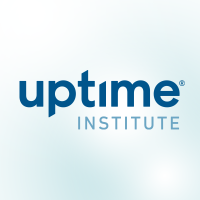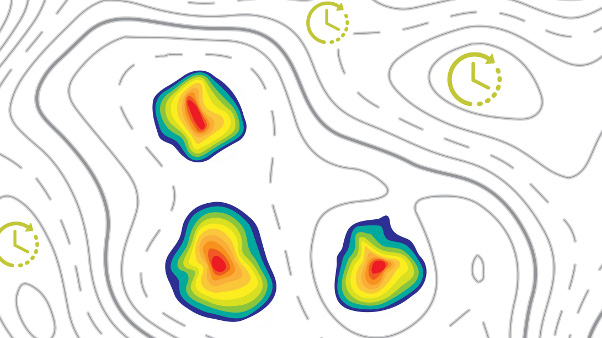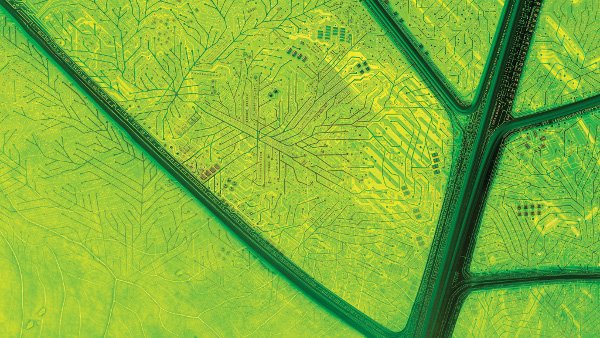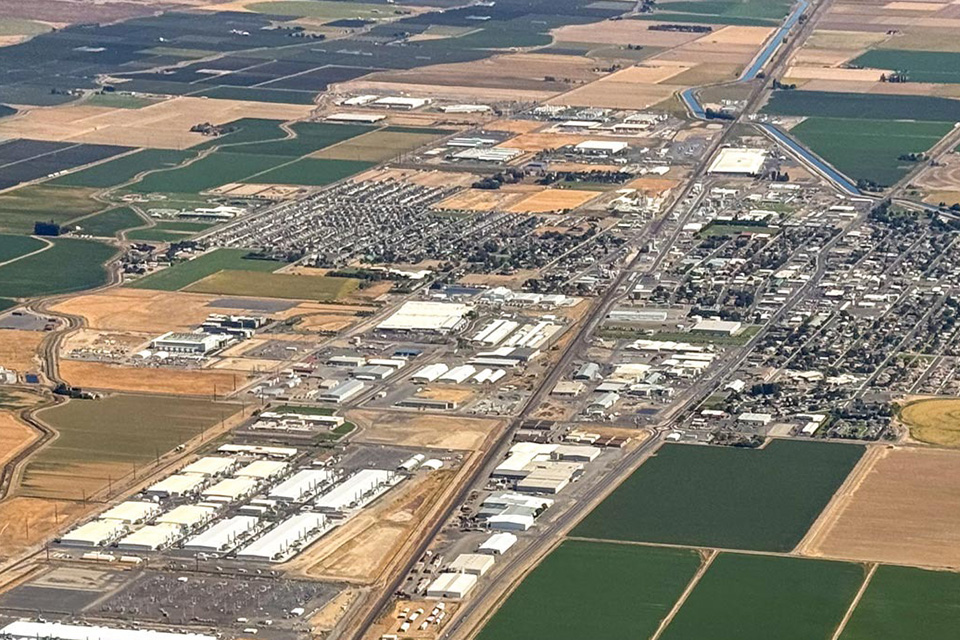
Shaolei Ren
@renshaolei
Health-informed AI: Minimizing the public health burden of AI & leveraging AI to improve public health. Views my own. RT!=endorse
ID: 29300245
https://shaoleiren.github.io/ 06-04-2009 21:38:25
1,1K Tweet
402 Followers
760 Following

molly taft ICYMI: "The public health burden is expected to be double that of the U.S. steel-making industry by 2030, when it could rival that of all the cars, buses and trucks in California, the study projects"--Shaolei Ren would probably have lots more to say... caltech.edu/about/news/air…






Data centers are responsible for harmful air pollutants that contribute to asthma, heart attacks, and cognitive decline. Researchers Shaolei Ren of UC Riverside and Adam Wierman of Caltech argue that it's time for health-informed AI solutions. spectrum.ieee.org/data-centers-p…






A Berkeley paper: "The widespread deployment of CCS to meet the 1.5d climate target would almost double anthropogenic water footprint. Consequently, this would likely exacerbate and create green and blue water scarcity conditions in many regions worldwide" sciencedirect.com/science/articl…


"Making AI Less ‘Thirsty’" by Pengfei Li (UC Riverside), Jianyi Yang (University of Houston), Mohammad Atiqul Islam (The University of Texas at Arlington), @RenShaolei (#UCRiverside), says it’s critical to address AI’s water footprint to ensure that it does not worsen global water stresses. bit.ly/43LnlN4


"Toward Environmentally Equitable AI," by @MHajiesmaili (@ManningCICS), @RenShaolei (UC Riverside), Ramesh Sitaraman (UMass Amherst), and Adam Wierman (Caltech), proposes #environmental #equity to mitigate AI’s uneven #environmental costs to regions. bit.ly/3FVkrfJ


Andrew A. Chien (The University of Chicago) and Hartmut Schmeck describe the ten articles in the Special Section on Sustainability and Computing, which calls for #InnovativeThinking, radical ideas, and reinvention to address the #environmental impact of computing and #AI, bit.ly/3TgsvdX


